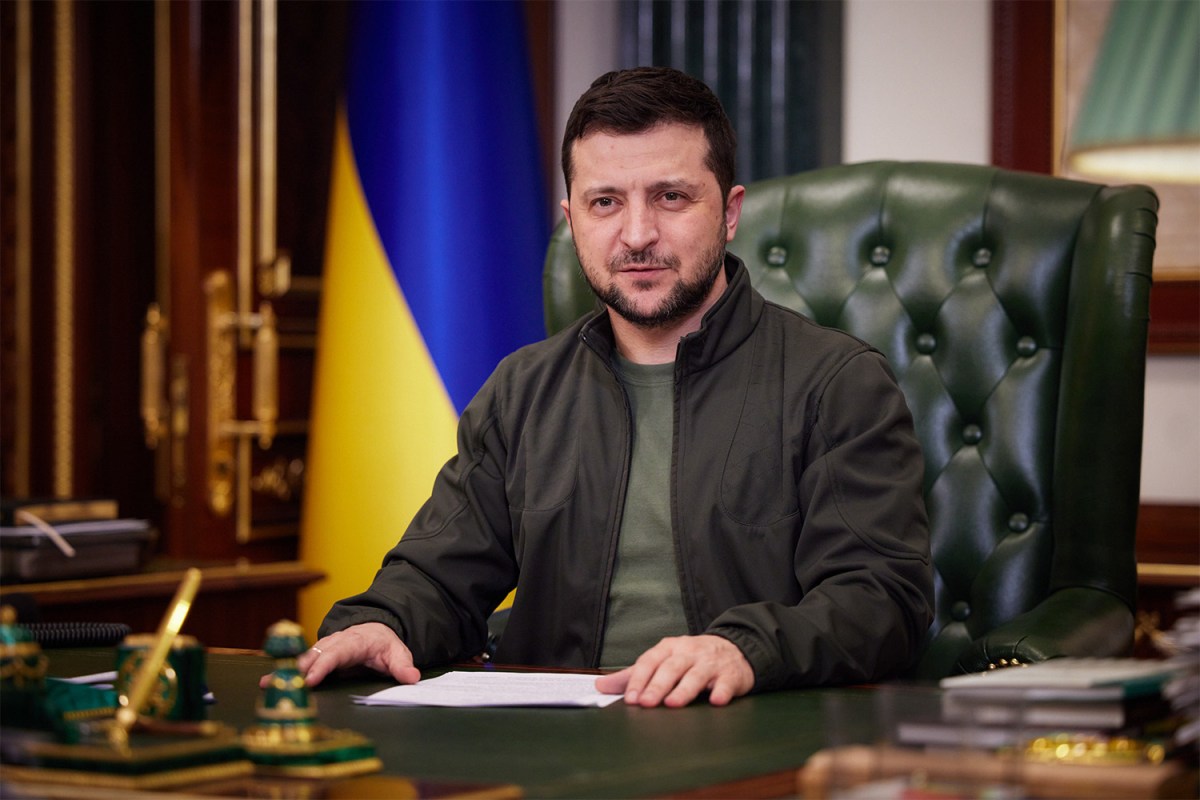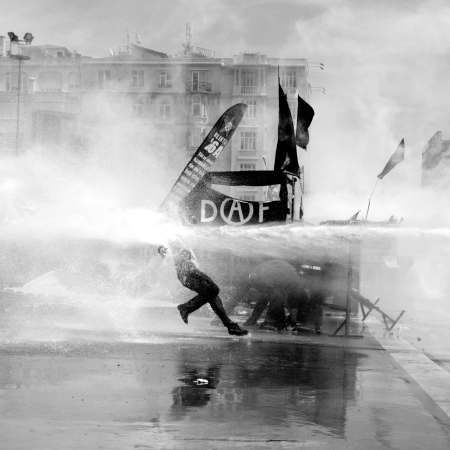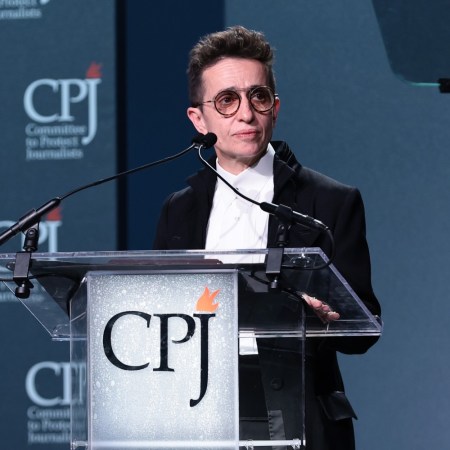Following two years of a global pandemic and endless Zoom sessions, it would seem we’ve become inured to colleagues logging on to remote meetings in cozy T-shirts rather than starched corporate collars. And yet, there was something striking about Ukrainian President Volodymyr Zelensky’s choice to wear a simple, olive-drab crewneck T-shirt while addressing the United States Congress on March 16.
It ruffled a few feathers, notably the financier Peter Schiff, who took to twitter to critique what he viewed as a sartorial blunder. “I understand times are hard, but doesn’t the President of the #Ukraine own a suit? I don’t have much respect for current members of the U.S. Congress either, but I still wouldn’t address them wearing a t-shirt. I wouldn’t want to disrespect the institution or the Unites States,” Schiff wrote.
Zelensky does indeed own a suit, as most photographs taken of the politician before February 24 reveal. But since the Russian invasion began last month, he’s been seen in little else but that olive T-shirt, which he also pulled on to address the Israeli Knesset on March 20th and the French Parliament on March 23rd (while addressing the Japanese Parliament the same day, he pulled on a similarly hued zip jacket).
That unassuming uniform is all the more remarkable when contrasted with his adversary. Vladmir Putin has continued to appear in precisely tailored yet uninspiring dark suits, save for an appearance at a March 18th Moscow Rally that saw him don a $14,000 Loro Piana puffer jacket and a $3,000 Kiton turtleneck. Their effect was to suggest a CEO algorithmically dressed by Mr. Porter’s “Price High to Low” filter.
Considering his earlier life as an entertainer, one would imagine Zelensky has a keen self-awareness about his presentation and what message it communicates. Perhaps that T-shirt, which bears the insignia of the Armed Forces of Ukraine (and has inspired copycat versions across the web), is his way of communicating solidarity with Ukraine’s populace and military — a blurring line as ordinary civilians find themselves filling sandbags and Molotov cocktails.
It put me in mind of another wartime leader, Winston Churchill, who made a habit of wearing “siren suits” during the Nazi aerial bombardment of Britain in WWII. The zippered, one-piece garment, which Churchill designed himself, was intended for instant wear when air raid sirens called the Prime Minister and his retinue to their bunkers (the garment was also adopted by the British public, though theirs weren’t made by Turnbull & Asser). While ostensibly utilitarian, the image-minded Briton made a habit of wearing them long after the Battle of Britain had concluded, including meetings with other heads of state.
On the other hand, it’s possible that when fighting for your own life clothing is the last thing that comes to mind. Maybe Zelensky is defaulting to tees and zipped sweatshirts for the same reason many of us wear them on weekends in peacetime: we don’t want to think about it.
It’s a theory shared by Derek Guy, editor of the long-running menswear blogs Put This On and Die, Workwear! “I think he’s just wearing something practical given that he’s in the middle of a war,” says Guy.
However, True Style author G. Bruce Boyer senses poetic symbolism in the plain choice of garb.
“In contrast with Putin of course, who dresses like a mannequin in a Moscow Department store window, Zelensky is throwing himself image-wise into the heart of his people and the world just as Fidel Castro did when he fought the capitalists. His clothes show that he is both a ‘Man of the People’ and that they are at war, which means commitment, austerity, sacrifice and suffering. I think he wants everyone to know that he is both capable of leading his country in war time, that he has assumed this role willingly and with fervor, and that he is no elitist,” he says.
Moreover, Boyer believes Zelensky is following in the footsteps of other historical leaders whose outward image helped them achieve larger-than-life status.
“This stance is very much in the tradition of saviors in the mythic lives of nations in war time such as Jean D’Arc and U.S. Grant, Castro, Alvin York, Henry V, and Churchill who understand that their appearance is symbolic of victory not for themselves but for the nation. It’s the Folk Hero in war time.”
Not since the days of James Dean has a single T-shirt carried so such cultural power. Just don’t think that its powers are transferable.
This article was featured in the InsideHook newsletter. Sign up now.






















